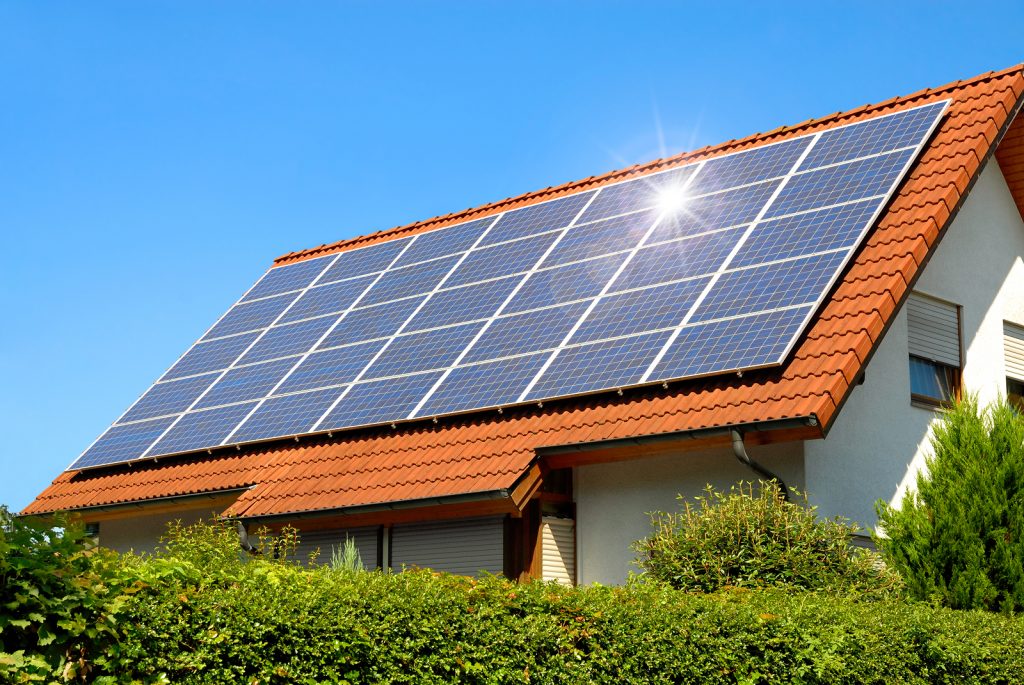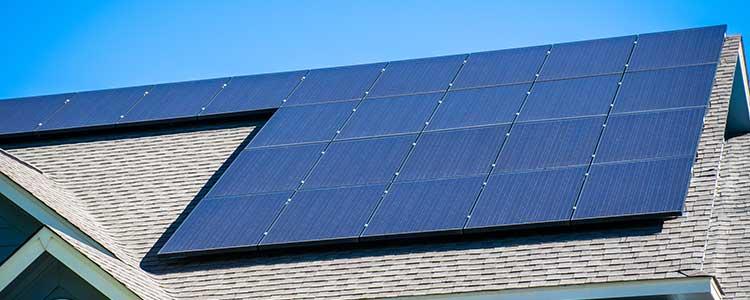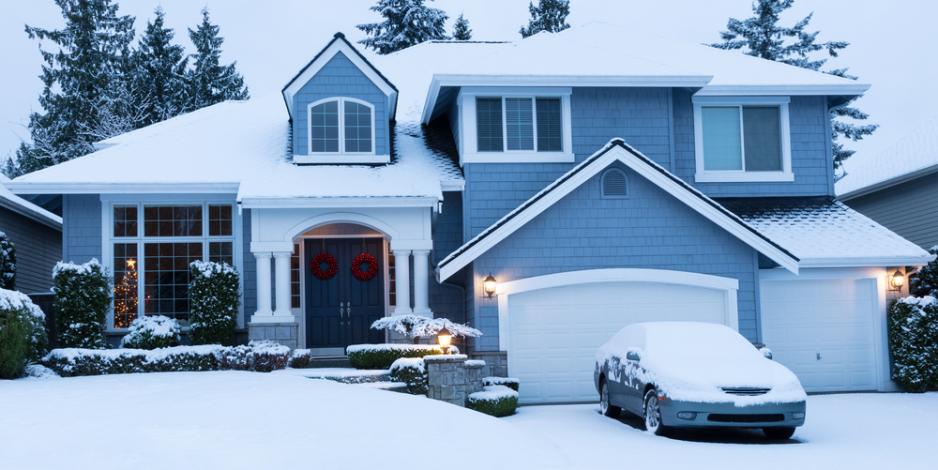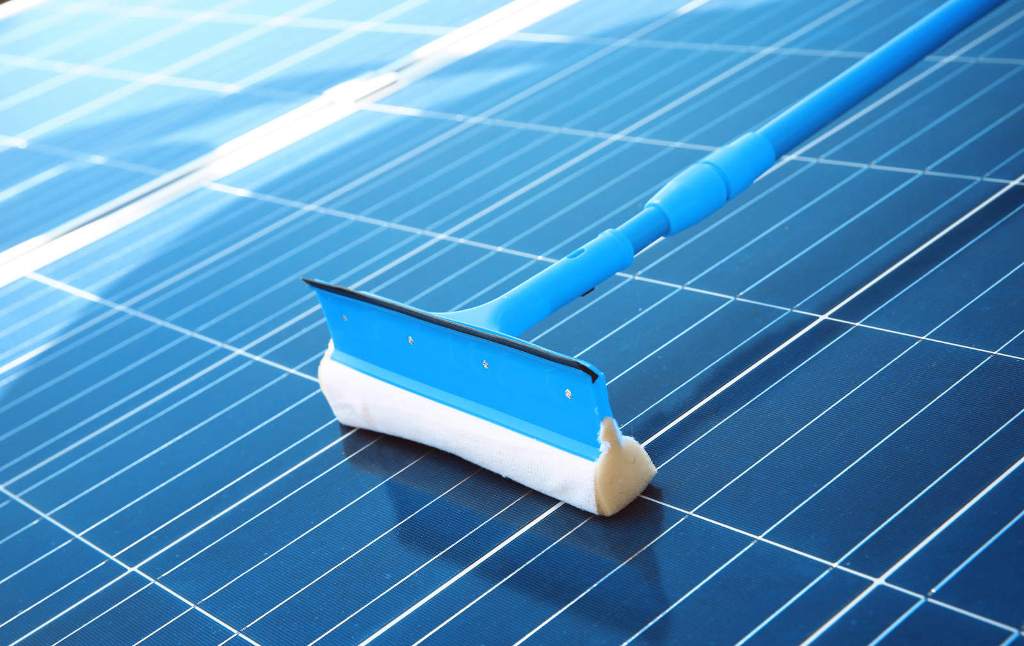Home Insurance Mistakes During Hurricane Season
December 19, 2022
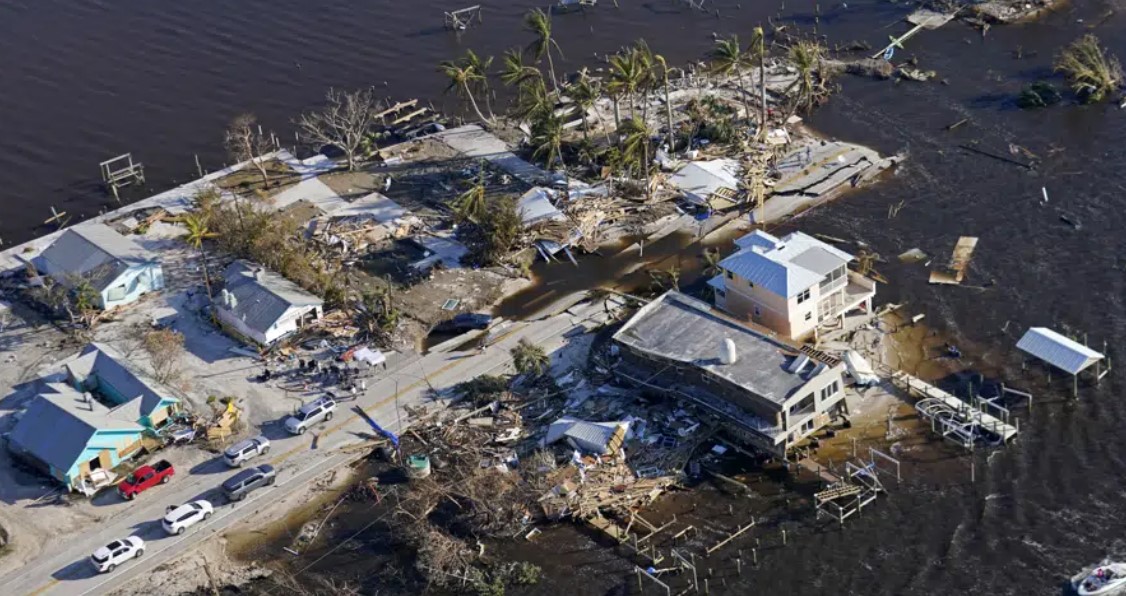
Home Insurance Mistakes During Hurricane Season: Hurricane season could mean financial disasters for homeowners in coastal states. At a record rate, named storms are rolling in, with as many as 25 forecasts this season in the Atlantic, twice the average number. Hurricane Laura alone could account for as much as $12 billion in insured damages after battering the Louisiana coast in late August.
You can discover, even if you think you’re prepared, that your home insurance does not completely cover hurricane damage.
Avoid these expensive traps to make sure you’re safe
Selecting a deductible that you can not afford
Like they would for a fire or burglary, often homeowners don’t pay a flat dollar sum per hurricane insurance claim. They instead pay a percentage of the insured value of their home before the insurer kicks in. The sum can vary from 1% to 10%.
This means that if your home is $300,000 insured and you want a 5 percent hurricane deductible before the insurance provider starts paying, you could be responsible for up to $15,000.
Since a large deductible normally means a lower insurance premium, you will be tempted to accept a high percentage and hope that you will never have to file a claim. This may be a mistake.
People can never take a higher deductible than they can afford because compared to the amount you can get at claim time, the amount you save in premiums is insignificant.
Make sure you’re happy with your hurricane deductible and your home’s insured worth to prevent a potentially massive financial strike.
Also Read: Reasons Why Home Insurance Rates Increase
Skipping insurance against flooding
Flood insurance is optional, and about 15 percent of American households purchase it.
But, according to a 2019 study from the United States, when a hurricane or storm hits, flooding causes more residential losses than high winds. That means most homeowners are not covered for the most significant storm threat they face, even those with hurricane or wind coverage.
The greatest mistake people make is that they think that it won’t happen to them.
Nearly nobody is immune. Flooding has affected 99 percent of U.S. counties since 1996, according to the Federal Emergency Management Agency. And even a small amount of floodwater can be extremely destructive; FEMA says an inch can cause damage of as much as $25,000.
Generally, flood insurance comes from the National Flood Insurance Program from one of its approved suppliers, and coverage for the construction and contents of the home is sold separately.
Not securing coverage in time
It could be too late to add protections to your homeowners’ insurance while a hurricane is on its way.
When a storm alert or warning is given by the weather service, most insurers will put a moratorium in effect before the storm arrives, so you can’t make any adjustments to the policy.
Usually, you’ll need to arrange flood insurance at least 30 days in advance. If you buy a policy for wind injury, some states might even enforce a waiting period. While most standard homeowner policies cover windstorm risk, owners can sometimes opt out without a mortgage.
Insurers usually encourage you to add it as long as there is no active hurricane watch if you do not have windstorm coverage, or if you are among the 9 percent of U.S. homeowners who do not have property insurance at all.
Not having enough coverage
The aim of insurance is to ensure that, after a tragedy, you can cover your costs. But if you are not vigilant, in the aftermath of a storm, you might come up short as expenses mount up.
To account for high construction costs and demand for contractors after a storm, you may need to expand your coverage. Consider if you have adequate compensation to repair your personal possessions and pay for the cost of living elsewhere when recovering.
Asking your insurer about recent home improvements and maintaining an inventory of your home’s contents to make sure your coverage is sufficient.
Get coverage built to protect your home.
Related Articles:


